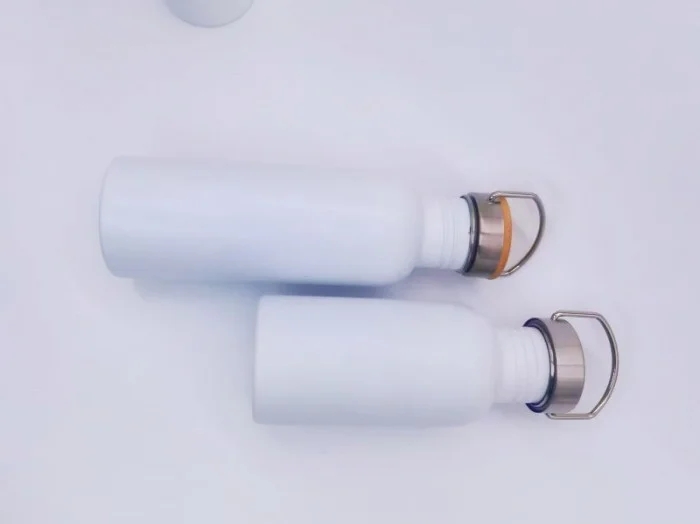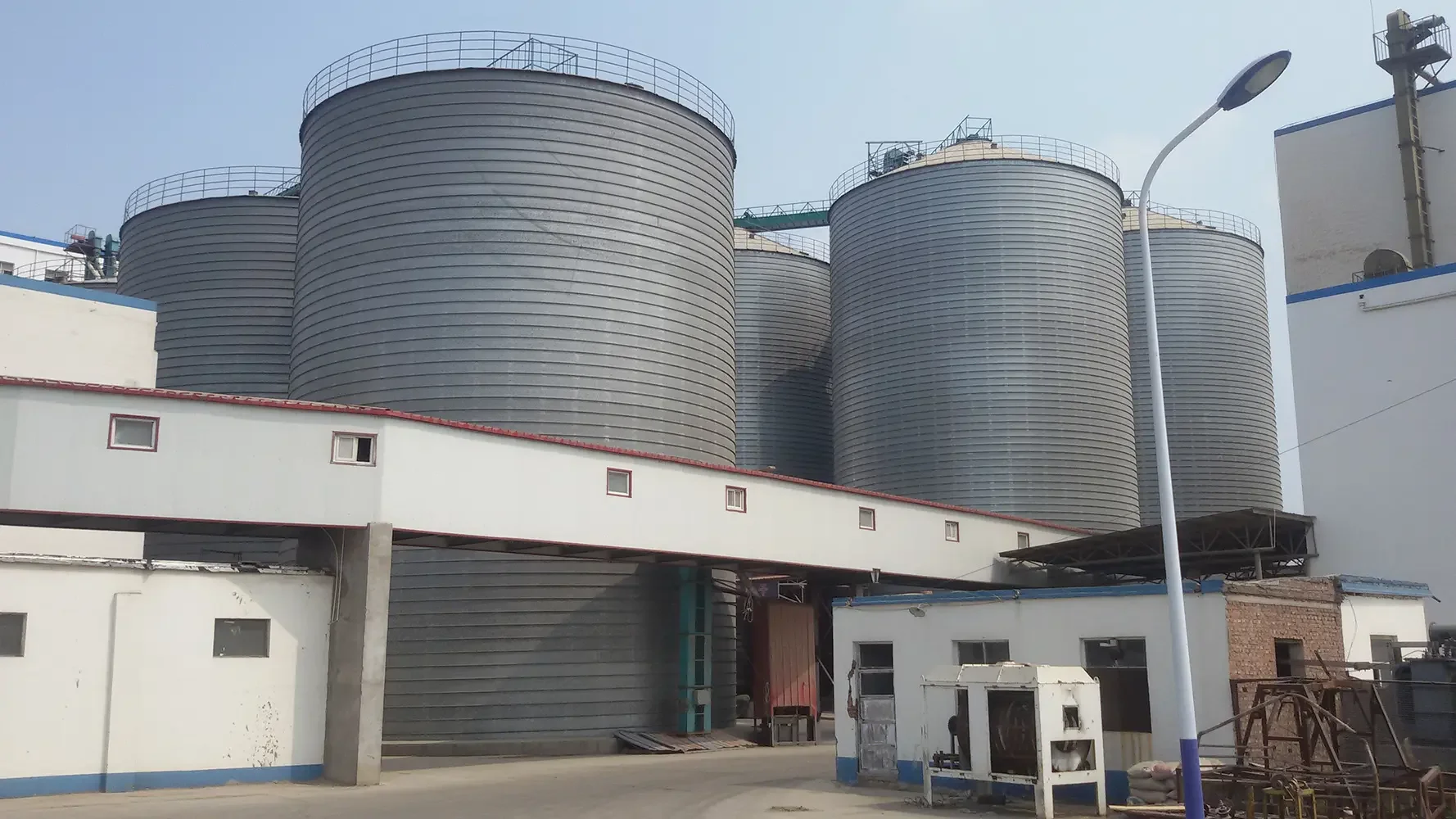When it comes to photography, lighting is one of the most critical elements that can make or break an image. While natural light can be beautiful, it’s not always available or reliable. This is where flash photography comes into play. However, with a plethora of options available, photographers often find themselves asking, What type of flash is best for photography? In this comprehensive guide, we will explore the various types of flashes, their applications, and how to choose the right one for your specific needs.
Understanding Flash Types
- Built-in Flash
- Overview: Most cameras come equipped with a built-in flash. This type of flash is compact and convenient, making it a popular choice for casual photographers.
- Pros: Easy to use, no additional equipment required, and lightweight.
- Cons: Limited power, harsh light quality, and lack of versatility. Built-in flashes often create unflattering shadows and can lead to red-eye effects.
- External Flash (Speedlight)
- Overview: External flashes, commonly referred to as speedlights, are detachable units that can be mounted on the camera or used off-camera.
- Pros: Greater power output, adjustable settings, and the ability to bounce light off surfaces for softer illumination. They also offer TTL (Through The Lens) metering, which automatically adjusts the flash output based on the camera’s settings.
- Cons: More expensive than built-in flashes and require some learning to master.
- Studio Strobe
- Overview: Studio strobes are powerful flash units typically used in professional studio settings. They provide consistent lighting and are often used with softboxes or umbrellas.
- Pros: High power output, adjustable light modifiers, and the ability to create dramatic lighting effects.
- Cons: Bulky, less portable, and usually require additional equipment like light stands and triggers.
- Continuous Lighting
- Overview: While not a flash in the traditional sense, continuous lighting provides a constant light source, allowing photographers to see how the light affects the scene in real-time.
- Pros: Easy to use for beginners, no need to calculate flash exposure, and ideal for video work.
- Cons: Generates heat, consumes more power, and may not provide the same level of brightness as a flash.
Factors to Consider When Choosing a Flash
- Purpose and Style of Photography
- Different photography styles require different lighting solutions. For instance, portrait photographers may prefer external flashes for their versatility, while event photographers might benefit from the portability of a speedlight.
- Power and Guide Number
- The power of a flash is often measured by its guide number (GN). A higher GN indicates a more powerful flash, which is essential for shooting in larger venues or when using modifiers that absorb light.
- Portability
- If you frequently shoot on location, consider the weight and size of the flash. Speedlights are generally more portable than studio strobes, making them ideal for travel.
- Compatibility
- Ensure that the flash you choose is compatible with your camera system. Many manufacturers offer flashes specifically designed for their camera models, which can provide additional features like TTL metering.
- Budget
- Flash units can range from affordable to high-end professional models. Determine your budget and consider the long-term investment in quality equipment that can grow with your skills.
Advanced Techniques with Flash
- Off-Camera Flash
- Using an external flash off-camera can create more dynamic and interesting lighting. This technique allows for greater control over shadows and highlights, enabling photographers to craft their desired mood.
- Bouncing and Diffusing
- Bouncing the flash off walls or ceilings can soften the light and reduce harsh shadows. Additionally, using diffusers can help create a more even light spread, which is particularly beneficial for portrait photography.
- High-Speed Sync
- This feature allows photographers to use flash at faster shutter speeds, which is particularly useful for outdoor photography in bright conditions. It enables the freezing of motion while maintaining a proper exposure.
Conclusion
Choosing the right flash for photography is not a one-size-fits-all decision. It requires careful consideration of your specific needs, shooting style, and budget. Whether you opt for a built-in flash for casual snapshots, an external speedlight for versatility, or a studio strobe for professional work, understanding the strengths and limitations of each type will empower you to make informed choices. By mastering flash techniques, you can elevate your photography to new heights, capturing stunning images regardless of the lighting conditions.

